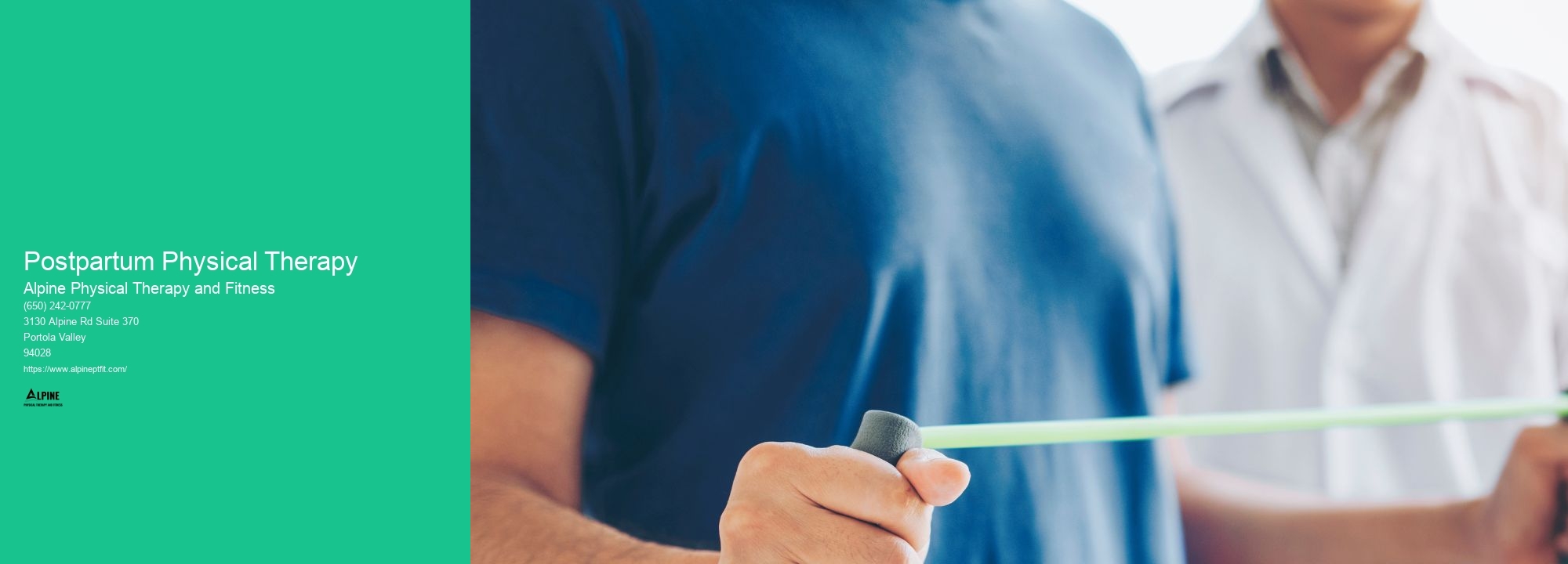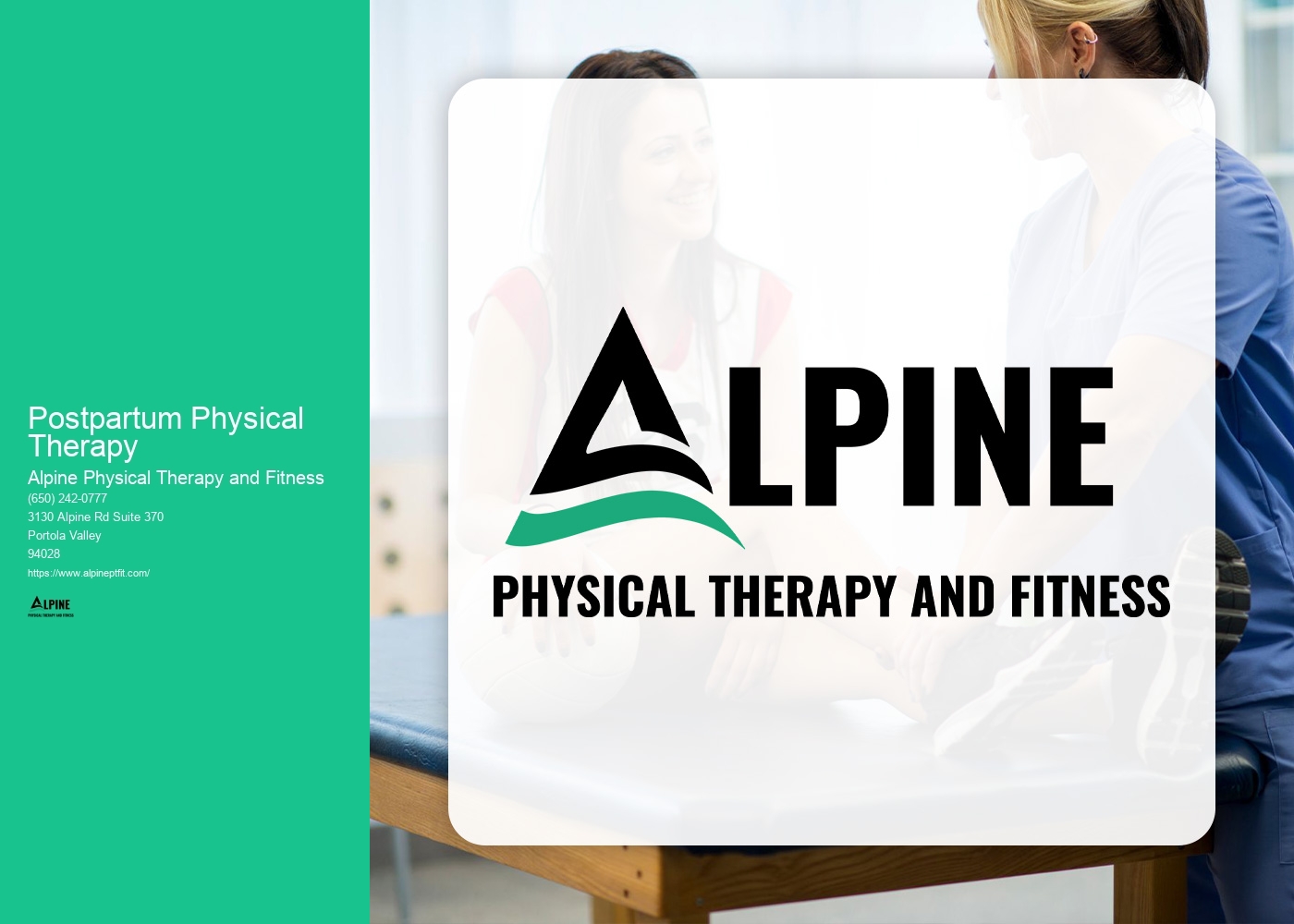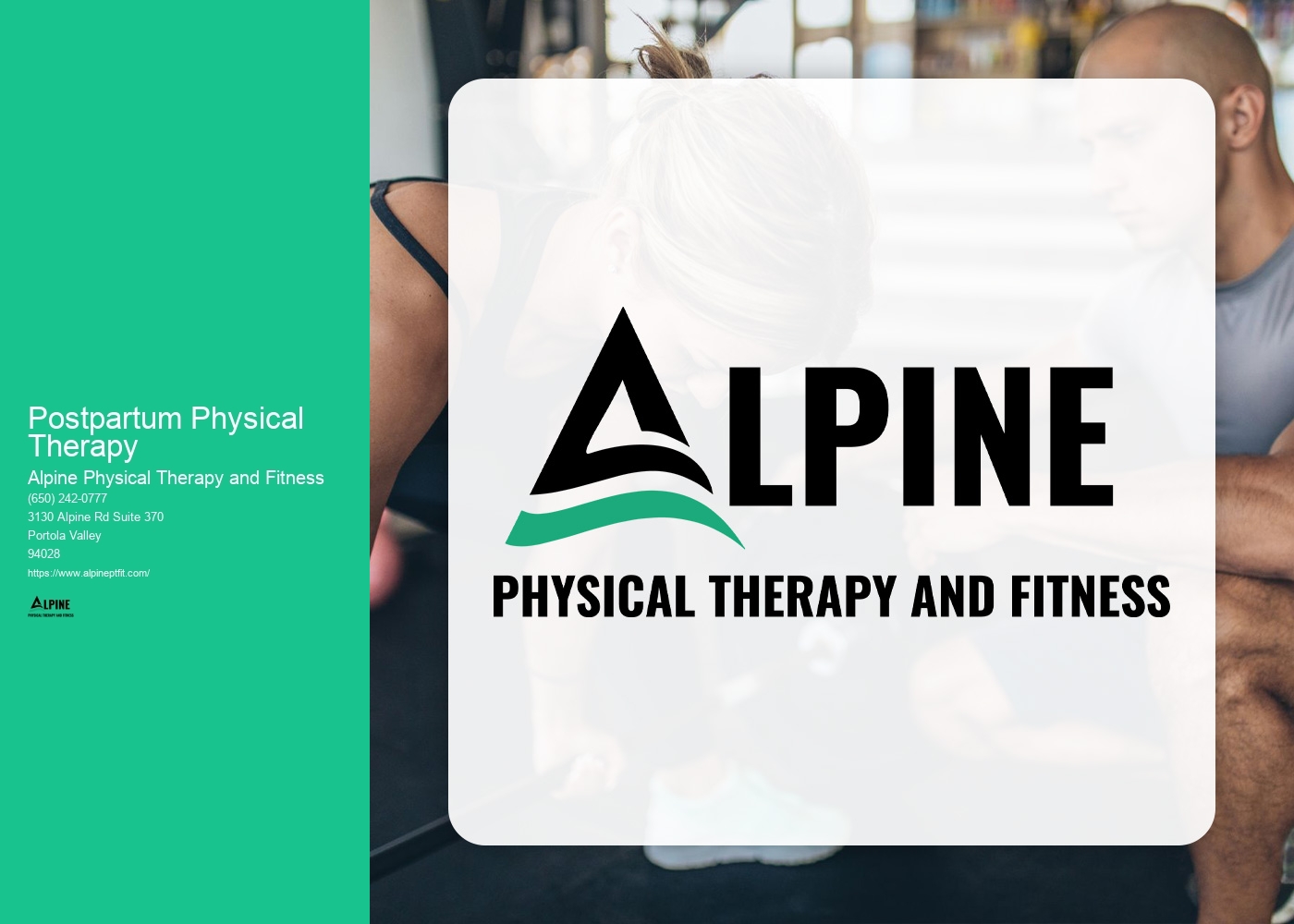

Postpartum physical therapy is a specialized form of therapy that focuses on helping new mothers recover from the physical changes and challenges that occur after giving birth. It can benefit new mothers by addressing issues such as pain, weakness, and dysfunction in the pelvic floor, abdominal muscles, and other areas of the body affected by pregnancy and childbirth. By working with a postpartum physical therapist, new mothers can regain strength, improve posture, alleviate pain, and enhance their overall physical well-being.
Common physical issues that postpartum physical therapy can address include diastasis recti, which is the separation of the abdominal muscles, pelvic floor dysfunction, back and hip pain, and postural imbalances. Diastasis recti is a common condition that occurs during pregnancy and can lead to weakness and instability in the core muscles. Pelvic floor dysfunction can manifest as urinary incontinence, pelvic pain, or difficulty with bowel movements. Postpartum physical therapy can help address these issues and provide targeted exercises and techniques to improve function and alleviate symptoms.
The timing for starting postpartum physical therapy can vary depending on the individual and the type of delivery. In general, it is recommended to wait until after the six-week postpartum check-up before starting physical therapy. This allows time for the body to heal and for any complications or issues to be addressed by a healthcare provider. However, it is important to consult with a healthcare professional to determine the appropriate timing for starting postpartum physical therapy based on individual circumstances.

Postpartum physical therapy typically involves a combination of exercises and techniques tailored to the specific needs of each individual. These may include strengthening exercises for the core and pelvic floor muscles, stretching and mobility exercises, postural correction, and manual therapy techniques such as massage or joint mobilization. The goal is to address any imbalances or weaknesses in the body and promote optimal healing and recovery.
Yes, postpartum physical therapy can help with diastasis recti and pelvic floor dysfunction. Diastasis recti is often addressed through specific exercises that target the deep abdominal muscles and promote proper alignment and function of the abdominal wall. Pelvic floor dysfunction can be addressed through exercises that strengthen and coordinate the pelvic floor muscles, as well as techniques such as biofeedback or electrical stimulation. A postpartum physical therapist can provide guidance and support in addressing these conditions and help new mothers regain optimal function and comfort.

The duration of postpartum physical therapy can vary depending on individual needs and goals. Some women may only require a few sessions to address specific issues, while others may benefit from ongoing therapy for several months. The length of treatment will be determined by the severity of the physical issues, the progress made during therapy, and the individual's goals for recovery. A postpartum physical therapist will work closely with the new mother to develop a personalized treatment plan and provide guidance on the expected duration of therapy.
Whether postpartum physical therapy is covered by insurance can vary depending on the specific insurance plan. Some insurance plans may cover a certain number of sessions or a percentage of the cost, while others may not provide coverage for postpartum physical therapy. It is important to check with the insurance provider to determine the coverage and any potential out-of-pocket costs. Additionally, some postpartum physical therapists may offer self-pay options or payment plans for those without insurance coverage.

Plantar fasciitis is a common condition that causes pain and inflammation in the plantar fascia, a thick band of tissue that runs along the bottom of the foot. While there is no one-size-fits-all solution for alleviating plantar fasciitis pain, there are several exercises that can help. Stretching exercises, such as calf stretches and toe stretches, can help to loosen the plantar fascia and reduce pain. Strengthening exercises, such as toe curls and heel raises, can help to improve the stability and support of the foot. Additionally, exercises that focus on balance and proprioception, such as standing on one leg or using a balance board, can help to improve foot and ankle strength and stability. It is important to consult with a healthcare professional or physical therapist before starting any exercise program for plantar fasciitis, as they can provide personalized recommendations based on your specific needs and condition.
Breathing exercises are an integral part of pulmonary rehabilitation programs, as they help improve lung function and overall respiratory health. These exercises are typically incorporated into the program through a combination of education, guidance, and practice. Patients are taught various techniques, such as diaphragmatic breathing, pursed-lip breathing, and deep breathing exercises, which help strengthen the respiratory muscles and increase lung capacity. Additionally, patients may also be introduced to techniques like inspiratory muscle training, which involves using devices to provide resistance during inhalation, further enhancing respiratory muscle strength. The incorporation of breathing exercises in pulmonary rehabilitation programs aims to optimize lung function, reduce breathlessness, and improve overall quality of life for individuals with respiratory conditions.
The goals of physical therapy for children with cerebral palsy are to improve their motor skills, enhance their mobility, and promote their overall physical development. Physical therapists work closely with these children to address specific impairments such as muscle weakness, spasticity, and coordination difficulties. They employ a variety of techniques and interventions, including therapeutic exercises, stretching, and balance training, to help children with cerebral palsy gain better control over their movements and achieve greater independence in their daily activities. Additionally, physical therapy aims to prevent secondary complications, such as contractures and joint deformities, by promoting proper alignment and positioning. By focusing on these goals, physical therapy plays a crucial role in optimizing the functional abilities and quality of life for children with cerebral palsy.
Patients with traumatic brain injuries can benefit from a variety of exercises that target different areas of cognitive and physical functioning. Cognitive exercises may include memory games, puzzles, and problem-solving tasks to improve attention, memory, and executive functioning. Physical exercises may focus on balance, coordination, and strength training to enhance motor skills and overall physical well-being. Additionally, speech and language therapy exercises can help improve communication skills, while occupational therapy exercises can assist with daily living activities and fine motor skills. It is important for patients to work with a healthcare professional to develop an individualized exercise program that meets their specific needs and goals.